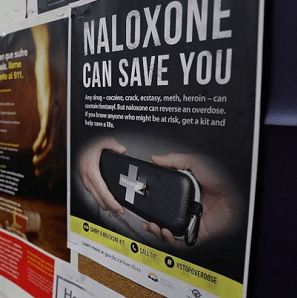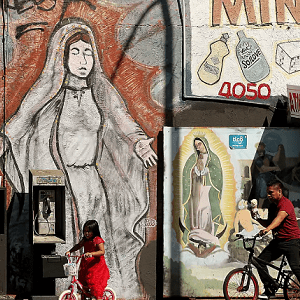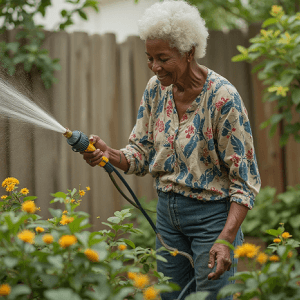New York City’s battle against drug overdoses has reached a critical juncture. While the overall overdose death rate has stabilized, alarming racial disparities have emerged, highlighting deep-rooted inequalities in the city’s healthcare system and addiction services.
Recent data from the New York City Department of Health and Mental Hygiene reveals a stark contrast in overdose mortality rates across racial lines. Black New Yorkers now face the highest risk, with an overdose death rate of 53.5 per 100,000 residents. This is closely followed by the Latinx population at 49.2 per 100,000. In comparison, the rate for white residents stands at 36.2 per 100,000.
The impact of these disparities is most evident in predominantly Black and Latinx neighborhoods in the Bronx, where overdose rates surpass even the hardest-hit U.S. states. This trend mirrors a national pattern of increasing opioid overdose mortality among Black populations since 2010.
Experts point to several factors contributing to this widening gap, including limited access to quality healthcare, financial barriers, and experiences of discriminatory or stigmatizing care. These issues often result in reduced access to life-saving interventions like naloxone, a crucial opioid overdose reversal medication.
The city’s health officials are grappling with the challenge of expanding harm reduction programs and improving naloxone distribution in the most affected communities. However, the persistence of pharmacy deserts in low-income and minority neighborhoods continues to hinder equitable access to these vital resources.
As New York City confronts this evolving crisis, addressing these racial disparities has become a critical public health priority. The situation calls for targeted interventions and a comprehensive approach to tackle the root causes of these inequalities in overdose prevention and treatment.
“NYC’s overdose death rate plateaus, but racial disparities widen” (October 17, 2024)



